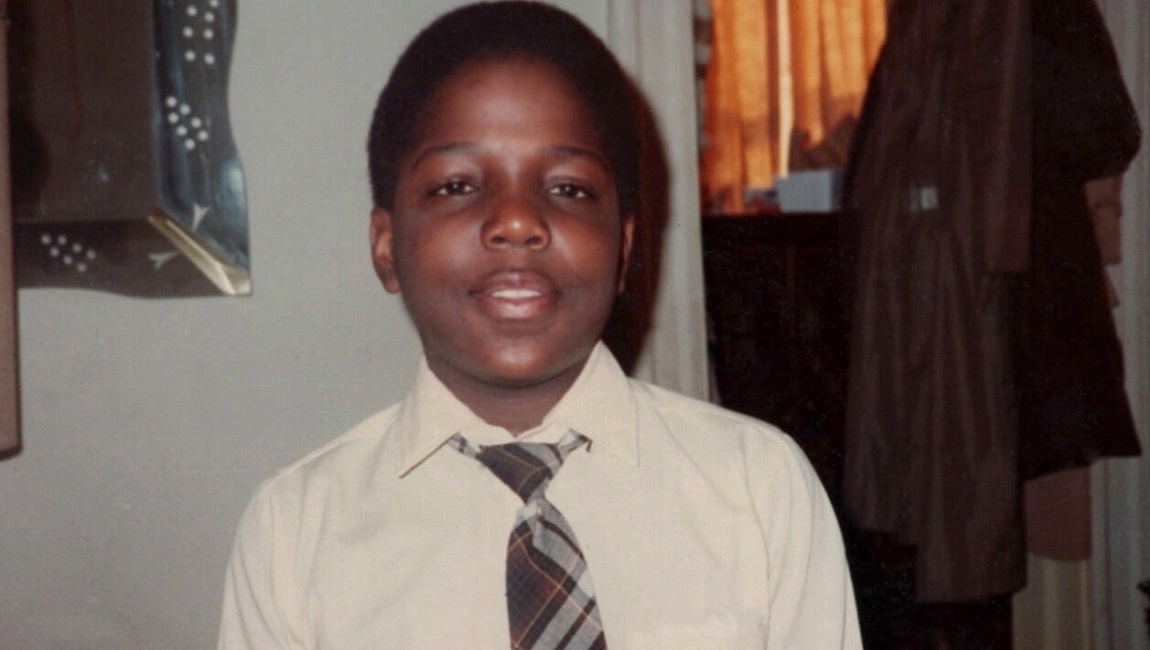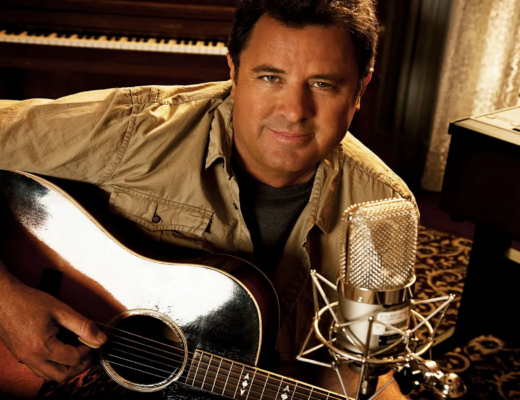Despite its credibility and collaborators, I Got a Story to Tell doesn’t bring much new insight or verve to this latest treatment of Biggie’s life and legacy.
A quick survey of IMDb shows that The Notorious B.I.G. has racked up 57 film and television credits since his infamous, culture-shifting assassination in 1997; appearances made possible by a seemingly bottomless trove of video archival footage. Biggie is, at this point, not just a canonical figure in rap history, but essentially one of the canon’s primary architects, and the story of his rise to fame and untimely passing informs the trajectory of popular music and culture to this day. So, what might be left to say about the beyond-iconic rapper in the year 2021? Is there truly a fresh angle with which to examine a figure whose image has been so frequently reproduced?
Netflix’s new documentary Biggie: I Got a Story to Tell, directed by Emmett Malloy, isn’t all that concerned with those sorts of questions, positioning itself more as the definitive biography of the rapper. Beginning with his mother’s immigration to Brooklyn from Jamaica, the documentary follows a mostly linear timeline from there, culminating with the artist’s death and the subsequent memorialization of his life’s work. Not only is it thorough, but Biggie: I Got a Story to Tell boasts Diddy and B.I.G.’s mother, Voletta Wallace, as executive producers, and this is on top of the involvement of the rapper’s long time friend and videographer Damion Butler, who opened his archive to the production and provides commentary and context for much of what we’re seeing. Indeed, these affiliations mark Biggie: I Got a Story to Tell as one of the most credible attempts to chronicle the late rapper’s life on screen — Wallace previously produced 2017’s Biggie: The Life of The Notorious B.I.G. from A&E, and also produced the 2009 biopic Notorious alongside Diddy — but such bona fides sadly don’t translate into anything particularly substantial. The footage that Butler provides gives us a more relaxed picture of Biggie outside his performance zone, but while there’s an appeal to getting these glimpses of the artist free of persona, such moments are more curious than revealing.
This film’s greatest asset ends up being Wallace, and she talks quite candidly about her fraught relationship with her son, who often vocalized an intense anxiety and angst towards her in his music. This documentary stays away from confronting that point directly (beyond Easy Mo Bee expressing discomfort around a particularly aggressive line off of Ready to Die’s title track), but in Wallace’s testimony and interview, we get a fairly complete sense of the cultural dynamics that informed the tension in their relationship — his coming of age in Brooklyn in the ’80s versus her experience as a Jamaican immigrant and working single mother. What otherwise occupies this documentary’s runtime is fine enough, but not likely to hold much intrigue for those who already know the general shape of Biggie’s arc. It all amounts to a project with significant access and resources, but too little ambition in style and vision.
You can currently stream Emmett Malloy’s Biggie: I Got a Story to Tell on Netflix.







